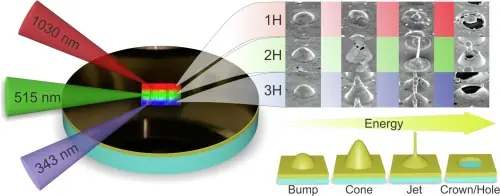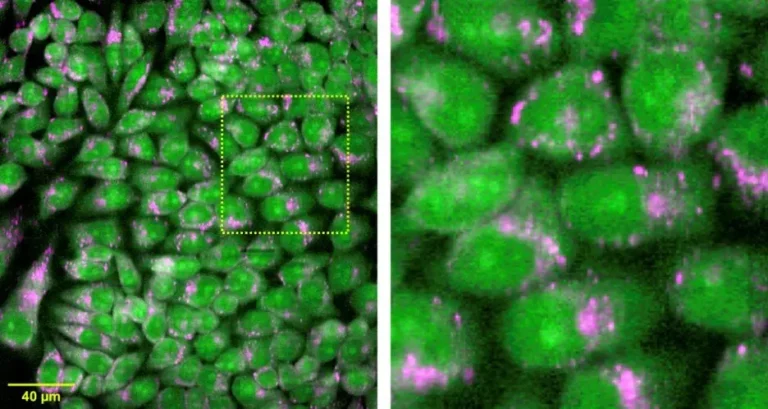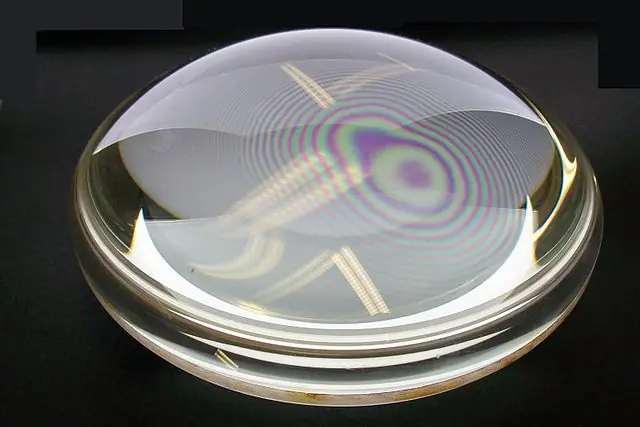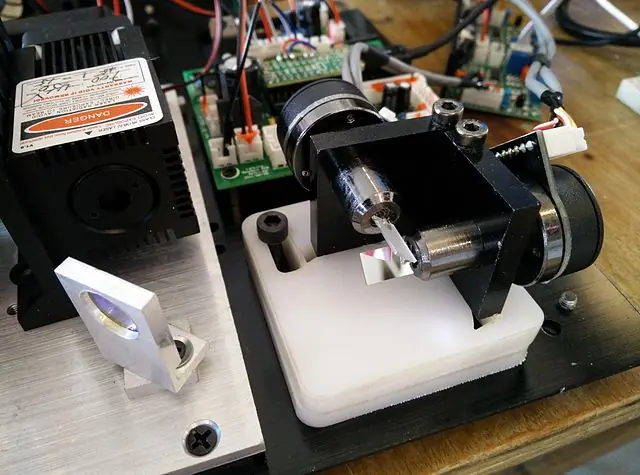Resonance Enhanced Second-Harmonic Generation in Proline Hybrid Lead Halide Perovskites
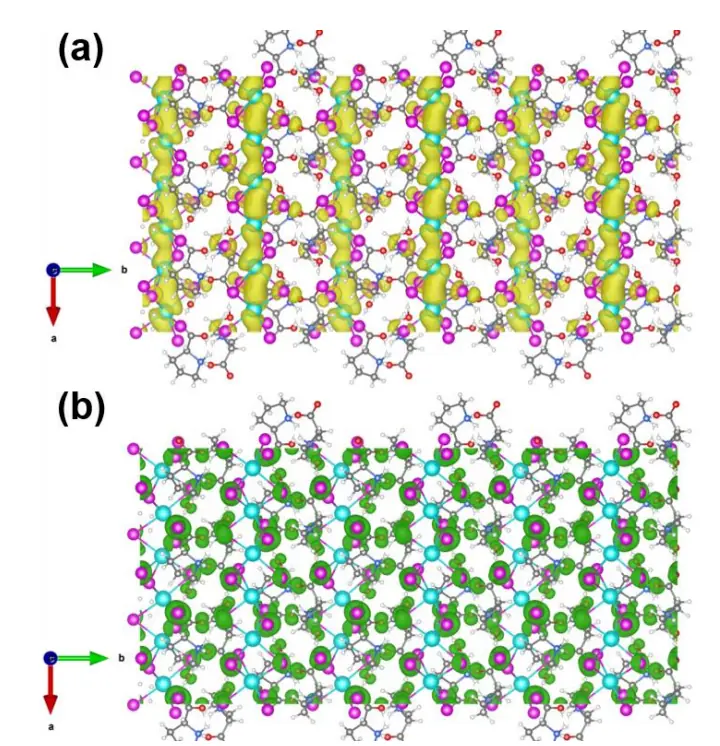
The development of materials with strong second-order nonlinear optical (NLO) properties has been a major challenge in the field of optoelectronics. To achieve ideal NLO materials, a number of key criteria must be met, including large NLO coefficients, wide optical transparency, high laser damage thresholds, and physicochemical stability. However, the discovery of materials that meet all of these criteria has been limited, particularly due to the strict requirement for structural noncentrosymmetry.
In an effort to overcome these limitations, a new type of hybrid lead halide perovskite has been developed by incorporating chiral amino acids into the structure. This new class of materials, referred to as chiral hybrid organic−inorganic perovskites (HOIPs), offers a promising solution to the challenge of developing materials with strong NLO properties. In this study, the authors have synthesized two hybrid perovskites, (D-Pro)PbI3·H2O and (L-Pro)PbI3·H2O, where Pro = Proline, using two naturally abundant amino acids, L-Proline (L-Pro) and D-Proline (D-Pro). Additionally, rac-Proline (rac-Pro) was also used as a control sample.
To understand the structural and morphological characteristics of these materials, the authors utilized a number of analytical techniques. Single crystal X-ray diffraction (SCXRD) was used to determine the crystal structures of the materials, and the data was refined using Olex2 and SHELXS algorithms. Powder X-ray diffraction (PXRD) patterns were also collected to confirm the crystalline nature of the samples.
The optical properties of the materials were evaluated using UV-vis spectrophotometry, and the results showed that these hybrid lead halide perovskites exhibit resonance enhanced second harmonic generation (SHG), with balanced NLO performances. Additionally, the linear circular dichroism (CD) spectra were collected to understand the chirality of the materials, and the refractive index patterns were collected using spectroscopic ellipsometry. The high laser damage threshold of these materials was demonstrated through thermogravimetric analysis (TGA) measurements.
This study highlights the potential of using chiral amino acids for the construction of hybrid chiral metal halide perovskites, which can serve as next-generation optoelectronic materials. These materials have shown remarkable NLO properties, including large NLO coefficients, wide optical transparency, high laser damage thresholds, and high polarization ratios. These findings demonstrate the promising potential of HOIPs for various chiroptoelectronic applications, including NLO, photovoltaics, and chiral sensing.
The research described in this paper has shown that chiral hybrid organic-inorganic perovskites (HOIPs) have great potential for use in chiroptoelectronic applications, particularly in the area of second-order nonlinear optics (NLO). However, the development of applicable NLO materials has been limited due to their strict requirement for structural noncentrosymmetry. The study demonstrates the potential of using naturally abundant amino acids, such as Proline, to synthesize hybrid lead halide perovskites with enhanced second-harmonic generation (SHG) by resonance. The results show that these crystals have balanced NLO performances, featuring a large NLO coefficient, a wide transparent region, a high laser damage threshold, and a high polarization ratio. This research highlights the promise of using naturally abundant amino acids in the construction of hybrid chiral metal halide perovskites for next-generation optoelectronic materials.

